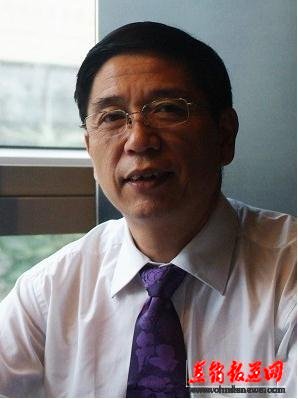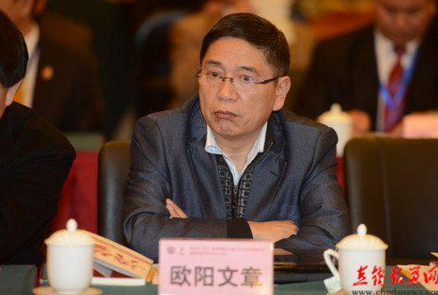2019-08-05 14:40
Social E-Commerce: A New Business Revolution in Retail Business
|
[Beijing Direct News Network, August 5] (Direct Sales Reporting Network)The emergence of social e-commerce in recent two years is a new thing in the deepening process of supply-side structural reform. Essentially, it shows a new commercial revolution taking place in China's retail industry. Studying the commercial revolutionary nature of social e-commerce is of great significance to promote the deepening of China's economic reform and the development of socialist market economy. I. The Course of Retail Revolution Retail is a business activity in which commodity operators or producers sell commodities to individual consumers or consumers of social groups. The characteristics are that the quantity of each commodity transaction is relatively small and the number of transactions is frequent; the commodities sold are consumption materials, which are used for living consumption by individuals or social groups after purchase; after the transaction, the commodities leave the circulation field and enter the consumption field. Since the mid-19th century, several revolutions have taken place in the world's retail industry, namely, Department stores, supermarkets, chain stores and no-store sales. The first revolution in retailing: Department stores. In 1852, in Paris, France, there was a young man named Aristide Busiko who was born in a Hat-Making family, but he felt that there were new business opportunities in that era. He wanted to provide shoppers with more diversified choices in the new business model. So he started a hundred called Bon March re. Stores inadvertently opened the first revolution in retailing. The word "Bon Marchlei" means "cheap market" in French. Bomarche department store has changed the traditional "workshop" retail mode, the most prominent innovation is: fixed prices, small profits and more sales. In the late eighties of last century, there was a "commercial building fever" in all parts of China. Many counties and cities appeared "department stores" and "people's shopping malls". At one time, there were many cars and buses, which became a common memory of the prosperity of the market in the early period of reform and opening up. Retail Revolution II: Chain Stores. Shortly after the emergence of department stores, Americans invented a business model that can quickly replicate retail stores, namely "chain stores". In 1859, in New York, two small partners from Maine, George Gilman and George Huntington Hartford, founded the Atlantic and Pacific Tea Company (A&P). A&P is well-known in the United States and the world as the pioneer of modern chain stores. The emergence of chain stores has changed the form of commercial organizations, that is, from single stores to combination stores, through the establishment of a large-scale sales system, to achieve economies of scale. The third revolution in retailing: supermarkets. Supermarket, now commonly known as "supermarket", is an American invention. In August 1930, Michael Coulomb in New York opened the world's first supermarket, the Kim Coulomb Joint Store. The emergence of supermarkets is known as the "retail revolution". At that time, the United States was an automobile society. The large refrigerators at home provided the conditions for one-time food purchase. The way of self-service shopping brought convenience to customers. The promotion strategy of "small profits and more sales" induced customers to buy large quantities of food from the economic benefits. In the process of supermarket development, there are many retail formats, such as comprehensive supermarket, convenience store, community supermarket, discount store and so on. In the mid-1980s, supermarket was introduced into China. In 1991, Lianhua Supermarket was founded by Shanghai Internal and External Integrative Business Association, which marked a new period of development of retail industry in China. |


